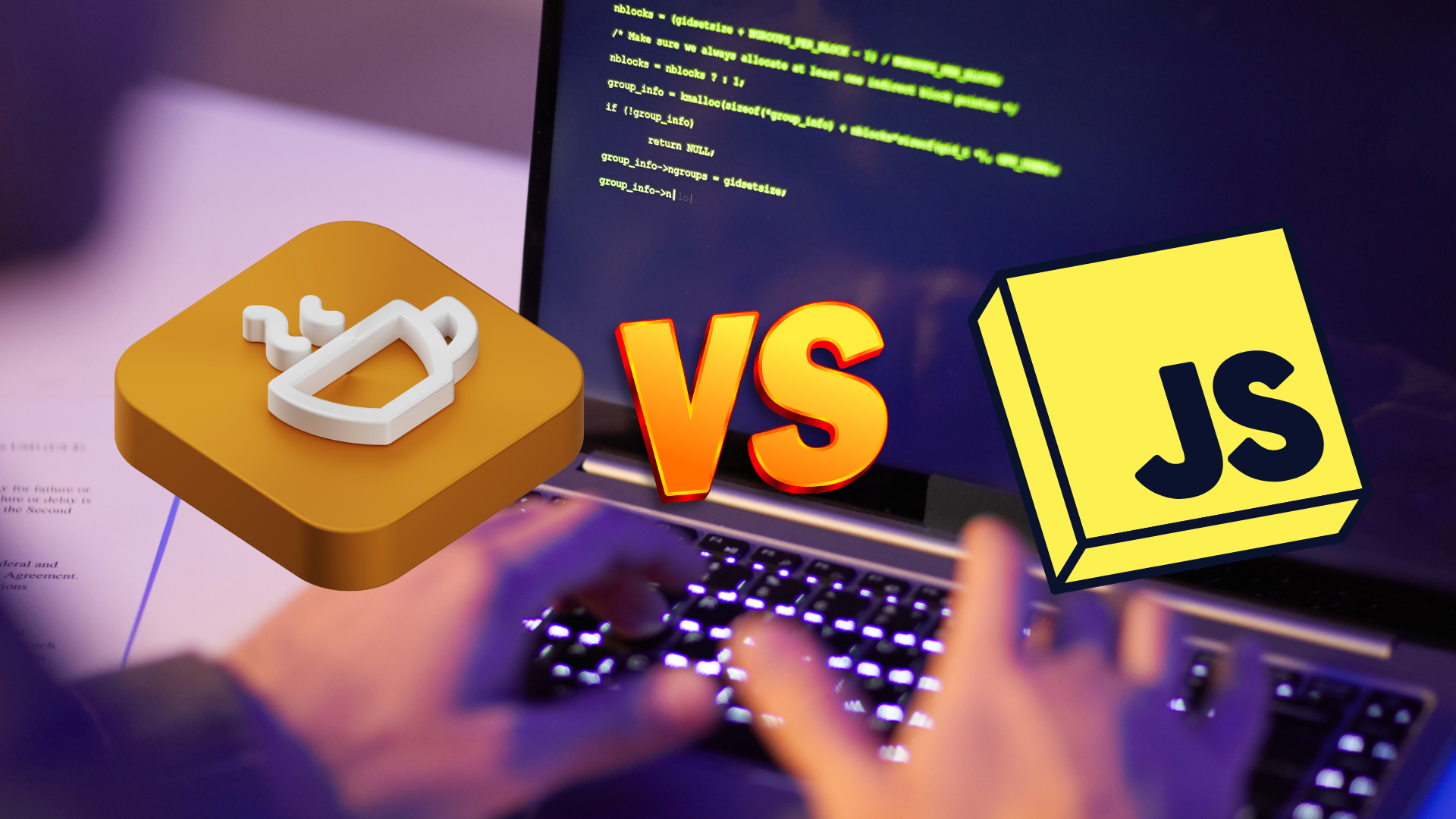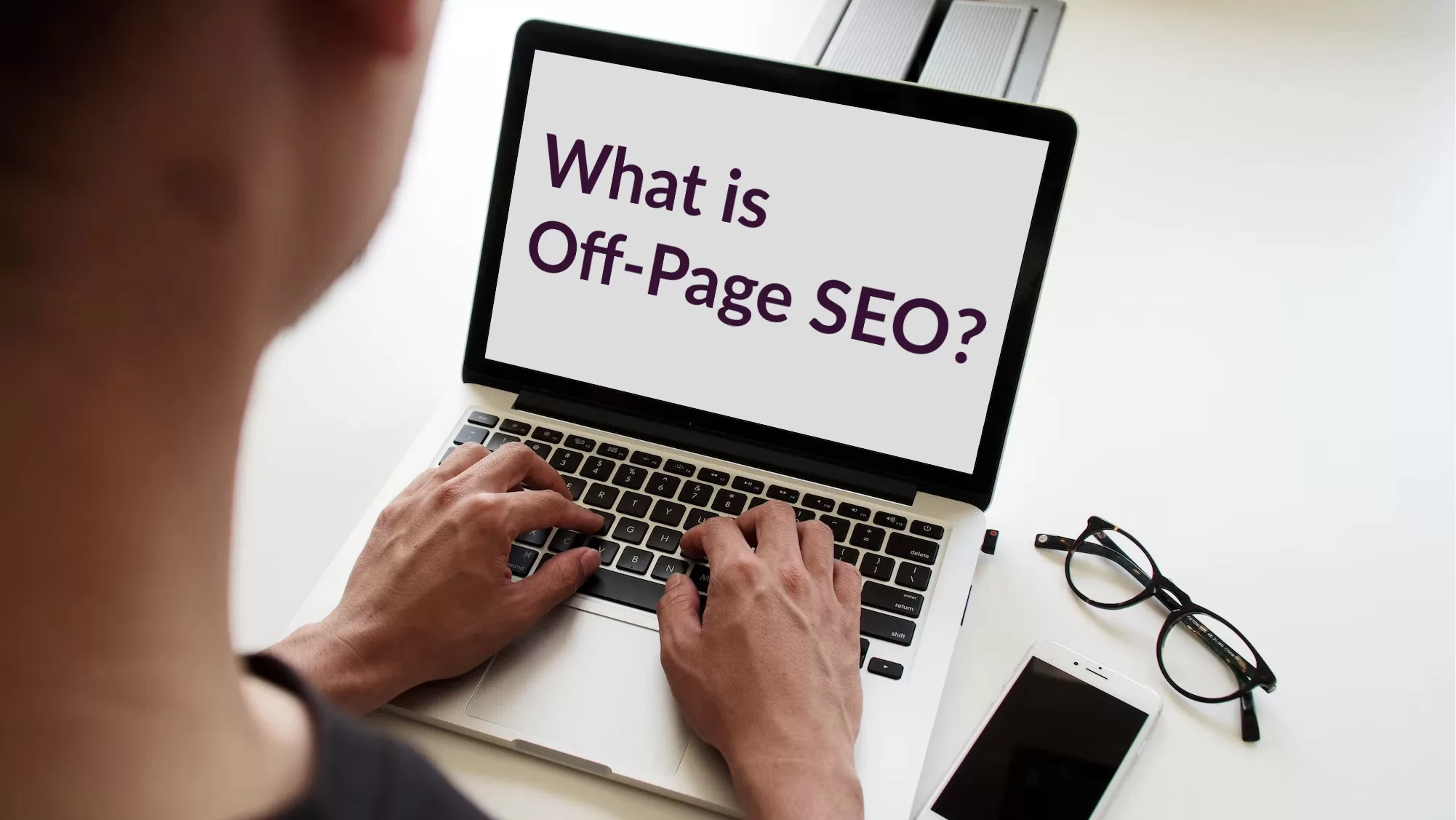In the era of the ubiquitous touchscreen devices, ensuring the quality of the screens you use is crucial. With the rise of tablets, smartphones, and other devices that can be controlled by touch and devices, the chance of getting scratches, cracks, chips, and other types of damage is higher than ever. Therefore, investing in screen protectors isn’t only a matter of choice, but is a must for all trying to extend the life and function of their devices.
Table of Contents
Why Should You Protect Your Smartphone’s Screen?
In the digital age of today, your screen is not just an ordinary display. It’s your entry point to everything. A damaged screen could affect the performance, visibility, and even your pocketbook when it’s time to repair or sell. This is why using screen protectors is one of the most beneficial investment options for any user of a device.
A screen protector of high-end quality protects your screen from fingerprints, scratches, and accidental drops. No matter if you’re using an expensive tablet or a basic smartphone screen protector keeps your device looking fresh and operating correctly.
How to shield your eyes from the screens of phones
1. Adjust Screen Settings
It’s easy to overlook the fact that your display can be personalized because it appears perfect right out of the box! Every person’s eyes are unique. However, most smartphones let you modify the brightness, contrast, and text settings in order to decrease the strain on your eyes from digital screens.
Reduce the brightness of your screen when you’re at home or switch on automatic brightness settings so that your phone adjusts based on the environment. Additionally, you can boost text size to enable you to read text messages more easily, too!
2. Keep a Sensible Distance
You should be able to view the entirety of the screen from 16 to the distance of 18 inches. Do not keep your phone too close; however, if you are constantly bringing your phone closer, think about the screen’s zoom instead.
3. Use Night Mode
Contemporary Android and Apple smartphones come with night mode options, which allow you to reduce the strain on your eyes during the night. You can turn on the feature, and the phone will adjust the screen settings based on the time of day. This is a simple method to shield your eyes without thinking about it.
4. Don’t Forget to Blink!
It may sound absurd it’s not, but we often overlook blinking when using tablets and smartphones. We are subconsciously focused on the content that we just look at the device in front of us.
Each when we blink, we’re maintaining our eye’s moisture, and refocusing our eyes. Keep your eyes open to avoid dryness and strain.
5. Use Anti-Reflective Screen Protectors
The screens on smartphones are glossy; however, matte screen protectors give you the old-fashioned look of LCD screens. They shield your screen from scratches and reduce glare from sunlight or ambient light sources. They’re inexpensive, too!
6. Use Artificial Tears
All types of strain on the eyes, whether it is due to computers or mobile devices, artificial tears can be effective in keeping your eyes lubricated and comfortable. There are a variety of eye drops that lubricate the eyes on the market, including those with and without preservatives, available at a pharmacy. It is possible to test different ones before you discover the one that you prefer.
What Kinds of Screen Protectors Are There?
Screen protectors are not all constructed the same. Each type of material has a specific objective and can be used for different types of styles of living. The most commonly used types include screen protectors made of tempered glass, TPU film, and PE, along with privacy filters.
Tempered glass is a great protection and has a soft glass-like feel. PET films are thin and offer simple scratch protection. TPU films are renowned for their self-healing and flexibility properties. If privacy is an issue, the privacy screen protectors can limit viewing angles to protect the content of your screen in public areas.
Is the Best Screen Protector Tempered Glass?
In comparison to other alternatives of screen protectors, tempered glass screens are considered to be the most efficient. With a 9H-hardness rating, it provides strong protection against everyday dangers like falls or scratches as well as impact.
Most glass protectors feature an oleophobic layer that wards off fingerprints and oil and fingerprints, making them easy to clean. They’re perfect for tablets, smartphones, and even smartwatches, where the durability and clarity are essential.
What Makes PET Films Different from TPU Films?
If you’re seeking a low-cost option, TPU and PET screen protectors are dependable options. TPU screen protectors are pliable and can effectively cover the edges of curved screens, as well as self-heal minor scratches. PET protectors are slim, light, and great for scratch resistance.
While they won’t match the protection or feel of tempered glass, they are ideal for backup devices or users who need lightweight protection, but without the expense.
Are Protectors for Privacy Screens Effective?
Privacy screen protectors go far beyond physical security. They can reduce the visibility of your side and hide your screen from the people who sit nearby. Ideal for professional users, commuters, and any user of sensitive data in public areas.
They can reduce the thickness and brightness. However, the cost for increased privacy is worthwhile for a lot of users who value privacy on their screens.
Characteristics of the Greatest Screen Protector
When looking for the most effective screen protector, take into account things like:
- Bubble-free adhesive
- The installation process is simple and easy
- Anti-fingerprint coating
- Touchscreen sensitivity
- Case compatibility
Check that the item matches your device perfectly and is marked “case-friendly” if you use protection covers. Screen protectors that are not properly fitted can make it difficult to use and less responsive.
Does Your Phone Need a Screen Protector in Addition to a Case? Situation?
The selection of an appropriate screen protector that will work with the case of your phone is essential. If the protector is in contact with your phone case, it could slide off or even lift as time passes. A lot of top brands design their protectors with smaller edges to ensure universal compatibility.
To ensure a clean application
- Clean the screen using microfiber cloths and alcohol wipes.
- Apply it in a room that is dust-free.
- Utilize the alignment tray or tabs supplied.
- Push from the center outwards to push air bubbles out.
When Should a Screen Protector Be Replaced?
The best screen protectors wear down over time. The appearance of scratches, discoloration, or even edge lifting is an indicator that it’s time to buy an upgrade. Removing your old protectors should be done with care to avoid any damage.
Utilize a fingernail or an acetate card to lift gently the edges. If you find any remnants, you can clean the surface with isopropyl alcohol and then a lint-free, clean cloth before applying a new protective.
Do Anti-Blue Screen Protectors Make Sense?
Modern-day tech-savvy users are seeking solutions that promote eye health and environmental sustainability. Anti-blue light screen protectors help reduce eye strain from digital devices and enhance sleep, making them ideal for people who are glued to their devices.
Certain brands have environmentally friendly screen protectors made of biodegradable or recyclable materials. If you’re concerned about the impact of the carbon footprint of your computer, they’re great choices.
Which Manufacturers Make the Greatest Screen Protectors?
Beware of protectors from off-brand brands that do not indicate the thickness or material. Use trusted brands such as Spigen, ZAGG, Belkin, and ESR that are known for their precise-fit products and a long-lasting warranty.
For accurate reviews of products, go for USA Time Magazine, where experts provide comparisons that help you make the right choice carefully. For bundle deals or digital tech protection plans, look up IPTV Monster.
Conclusion
If it’s a mobile phone, tablet, smartwatch, or phone, your screen deserves complete protection. Investing in the right screen protector can save you as a user from stress and money, as well as the time it takes to repair your device. From high-end glass screen protectors to eco-friendly and privacy-oriented choices, there’s a combination for everyone.
Make sure you are focusing on quality, usability, and compatibility. Your device will appreciate the extra time-to-market and flawless performance on the display.




